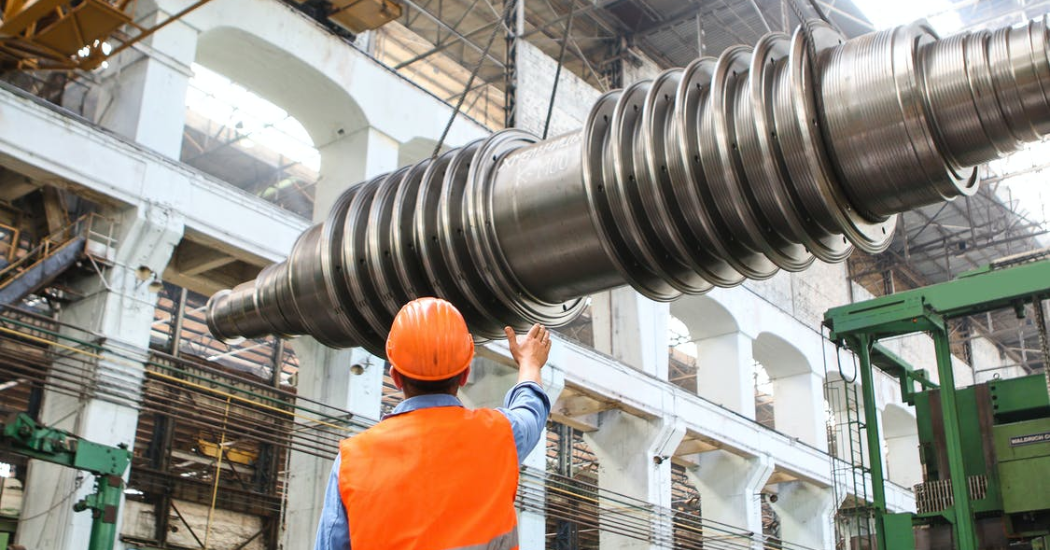Every business depends on material assets to deliver on its promise to customers. Of these assets, a few are critical to your business as they provide the core product or service that a customer purchases.
Keep in mind that a critical asset may not be the most expensive asset in your organisation. But, any disruption to it can impact the entire value chain and bring operations to a halt. Therefore, all businesses should take the steps to build an effective maintenance management plan for their critical assets.
The Importance of Having a Maintenance Management Plan
The best way to ensure that critical assets remain in optimum working condition is to implement a maintenance management plan that works. Such a plan would help to ensure that the critical assets continue to perform according to standard, that is, they break down less frequently, produce fewer errors or quality issues, and require minimal supervision or monitoring.
A good plan leads to:
- Minimal disruptions to normal productivity
- Fewer lost operating hours and idle staff time
- Lower repair costs
- Higher client satisfaction
- Regular order completion and timely deliveries
5 Maintenance Management Plans to Consider
Reactive Maintenance Management
A reactive maintenance plan is quite commonly used by smaller operations. The maintenance team jumps into action only when there is a machine or equipment failure or breakdown. One study estimates that in the long-term, reactive maintenance costs 2-5 times more than proactive maintenance. Another shows that teams spend 35-45% of their time on reactive maintenance, compared to the industry rule-of-thumb of 20%.
Preventive Maintenance Management
Preventive maintenance management can be considered the opposite of reactive maintenance. Instead of waiting for an incident to occur, maintenance teams take a proactive approach and check assets regularly so that any emerging problems can be detected and resolved before they get out of hand and cause the equipment to break down.
Preventive maintenance involves drawing up a maintenance schedule for each asset. The schedule can be monthly, weekly, or daily, depending on the usage and required uptime for the machine. This requires more frequent inspections by the maintenance staff, regardless of whether any complaints or issues about the asset have been reported, and regular downtime costs.
For example, a 2016 study by IBM reported that 30% of preventive maintenance efforts are performed when they are not required. However, these costs are offset by the ability to avoid costly disruptions that are common in reactive maintenance.
Conditional Maintenance Management
Conditional maintenance is an approach in which a company installs monitoring devices to monitor, track, and report the performance of the asset to the maintenance team.
Thresholds for normal performance are defined for each asset and at any time when the performance deviates from the normal range, the monitoring system alerts the maintenance team to investigate and resolve the issue.
The normal metrics that are monitored include noise levels, vibrations, temperature, basically, anything and everything that indicates a machine is not operating normally.
Predictive Maintenance Management
Predictive maintenance is a relatively recent approach to maintenance management as it involves the use of AI tools and data science. The principle behind predictive maintenance is to install a system that uses all the specifications of the asset as well as historical data about the maintenance issues and performance of that asset to predict when the asset might develop a performance issue and require maintenance.
The basic idea is to forecast based on historical data when the next asset failure is likely to occur. This system gives maintenance teams more time to get prepared to address an issue without having to constantly monitor the system or start gathering the tools and personnel right when the incident takes place.
Prescriptive Maintenance Management
Lastly, prescriptive maintenance management is similar to a decision support system or an executive system which not only predicts when an issue might occur but also prescribes the steps to be taken by the maintenance team to address that issue.
Such a system is fed with data about a machine’s specifications, its performance history, the possible issues and problem areas, and the recommended solution for each possibility. One study suggests that prescriptive maintenance management helps to support a dynamic production system with minimal disruptions.
Benefits of Using CMMS Software to Build a Maintenance Plan
A computerised maintenance management system (CMMS) consists of a central repository of all maintenance data. That includes information about each critical asset, machine, equipment, and device within the organisation.
Apart from this, a CMMS allows maintenance managers to monitor the data in real-time while using historical data to analyse and improve their maintenance effort. Optimisation of inventory and procurement systems are other benefits of using CMMS Software. It also includes features that managers can use to schedule maintenance activities, order supplies, issue requests and prepare reports.
Author Name: Ryan Condon
Author Bio: Ryan is the Head of Content at Comparesoft, a B2B software comparison site. He is responsible for the production of all front-end content development and driving continued audience growth. Ryan joined Comparesoft in September 2019.
Author’s LinkedIn: https://www.linkedin.com/in/ryan-condon-48332b56/





Comments